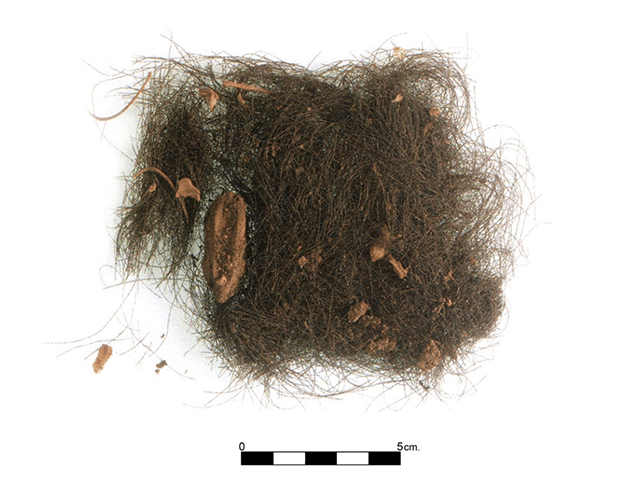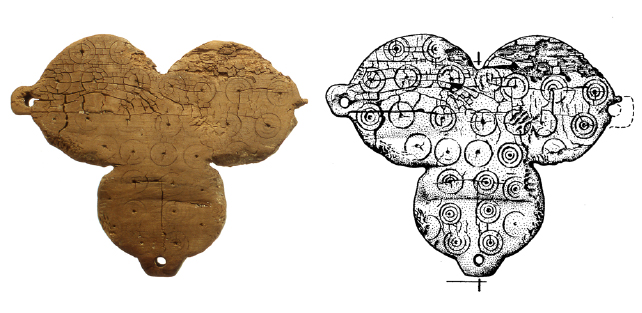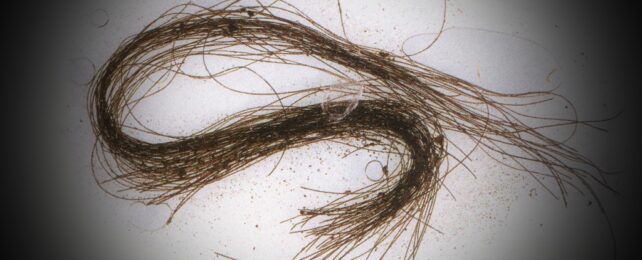Long before the counter-culture revolution of the 1960s, Bronze Age Europeans were tuning in and dropping out on hallucinogenic drugs.
While archaeologists have long had their suspicions, a new analysis of hair recovered from a 3,600-year-old burial site in Spain provides the first direct evidence of drug use among the inhabitants of ancient Europe.
Discoveries of remains of psychoactive plants and preparation tools and depictions in art have hinted at European cultures seeking altered states of consciousness. But finding traces of the compounds themselves in samples of body tissue, such as hair, carries far more weight.
Only hair doesn't tend to stick around as long as bones and teeth. Researchers from the University of Valladolid and the Autonomous University of Barcelona in Spain, and the University de Chile, were fortunate in uncovering samples that had been unusually well preserved as part of a burial ritual.
Testing the hair with advanced particle processing techniques, the researchers identified key traces of atropine and scopolamine, which can both induce hallucinations and altered sensory perception. There was also evidence of ephedrine, a stimulant known to increase excitement and alertness.

"The results furnish direct evidence of the consumption of plant drugs and, more interestingly, they reveal the use of multiple psychoactive species," the researchers write in their published paper.
Nightshade plants such as mandrake (Mandragora autumnalis), henbane (Hyoscyamus albus), thorn apple (Datura stramonium), and joint pine (Ephedra fragilis) are the most likely sources for the drugs, the researchers say. These plants would have been available in the area where the burial site is, and have been found at other similar sites.
The researchers think that the drugs may have been administered as part of some kind of ritual, and were probably supplied by a shaman: an ancient person of medicine and religion who would have extensive experience in the preparation and delivery of the plant materials.
"Considering the potential toxicity of the alkaloids found in the hair, their handling, use, and applications represented highly specialized knowledge," write the researchers.
"This knowledge was typically possessed by shamans, who were capable of controlling the side effects of the plant drugs through an ecstasy that made diagnosis or divination possible."
The rare hair samples were found in the Es Càrritx cave in Menorca. While more than 200 people were buried here, samples of hair were only taken from a few of them: the hair was dyed red as part of their burial ritual and placed in special containers at the rear of the cave chamber, although it's not clear why.
There's also something interesting about the containers. Made of wood and antler, they feature concentric circles that could well have been painted to represent eyes – perhaps hinting that the hallucinogens they hold might alter a person's vision or consciousness. Similar designs have been seen at other sites.

Part of the reason the hair samples were stowed away may have been to preserve local traditions following a cultural shift that seems to have occurred around the same time, according to the research team. Now, more than three millennia later, those traditions have indeed been discovered again.
"These results confirm the use of different alkaloid‑bearing plants by local communities of this Western Mediterranean island by the beginning of the first millennium BCE," write the researchers.
The research has been published in Scientific Reports.
